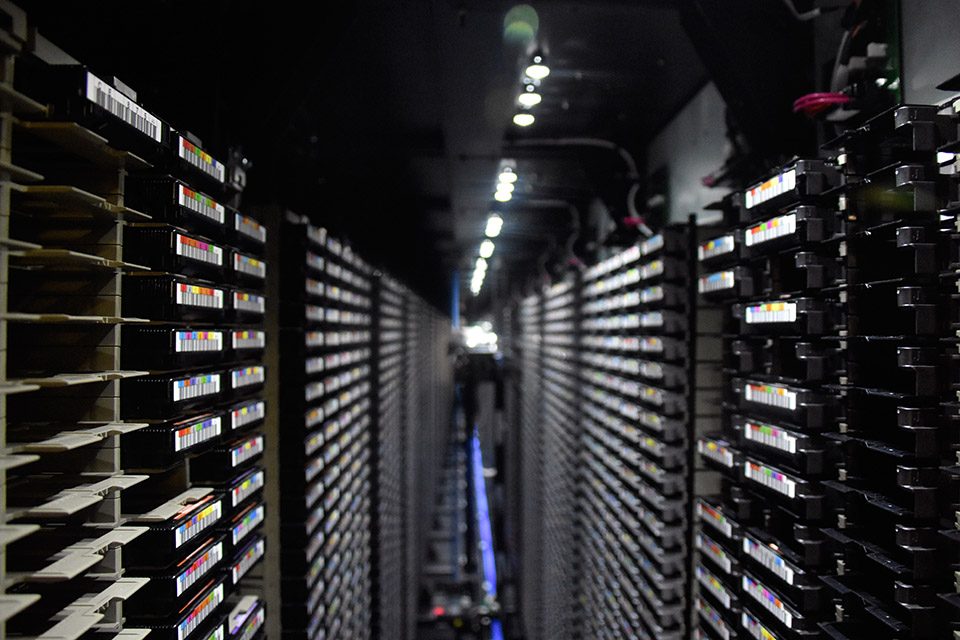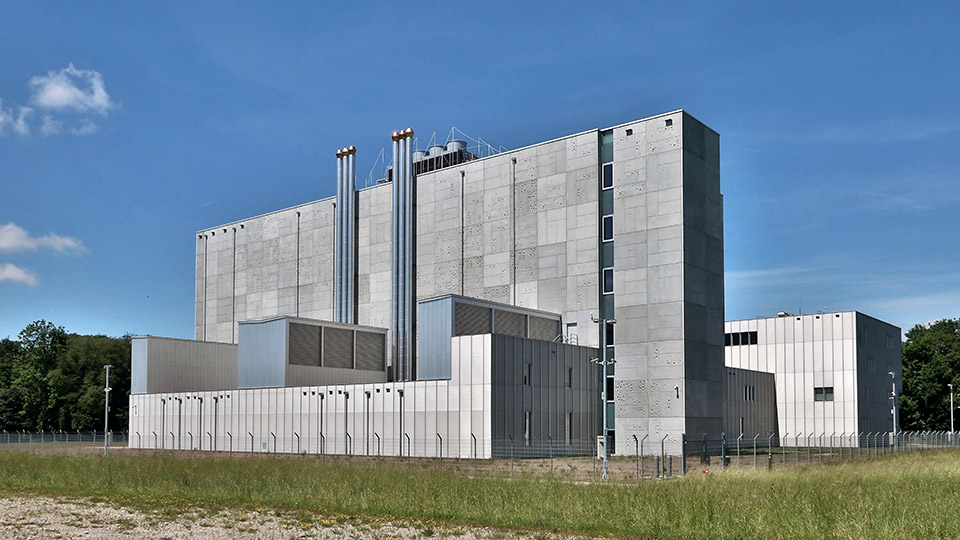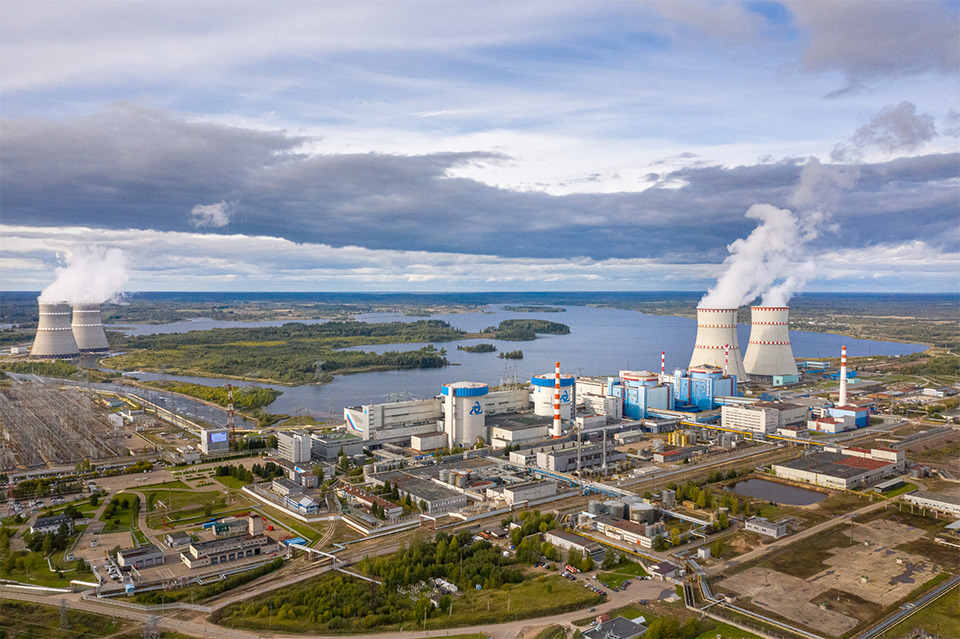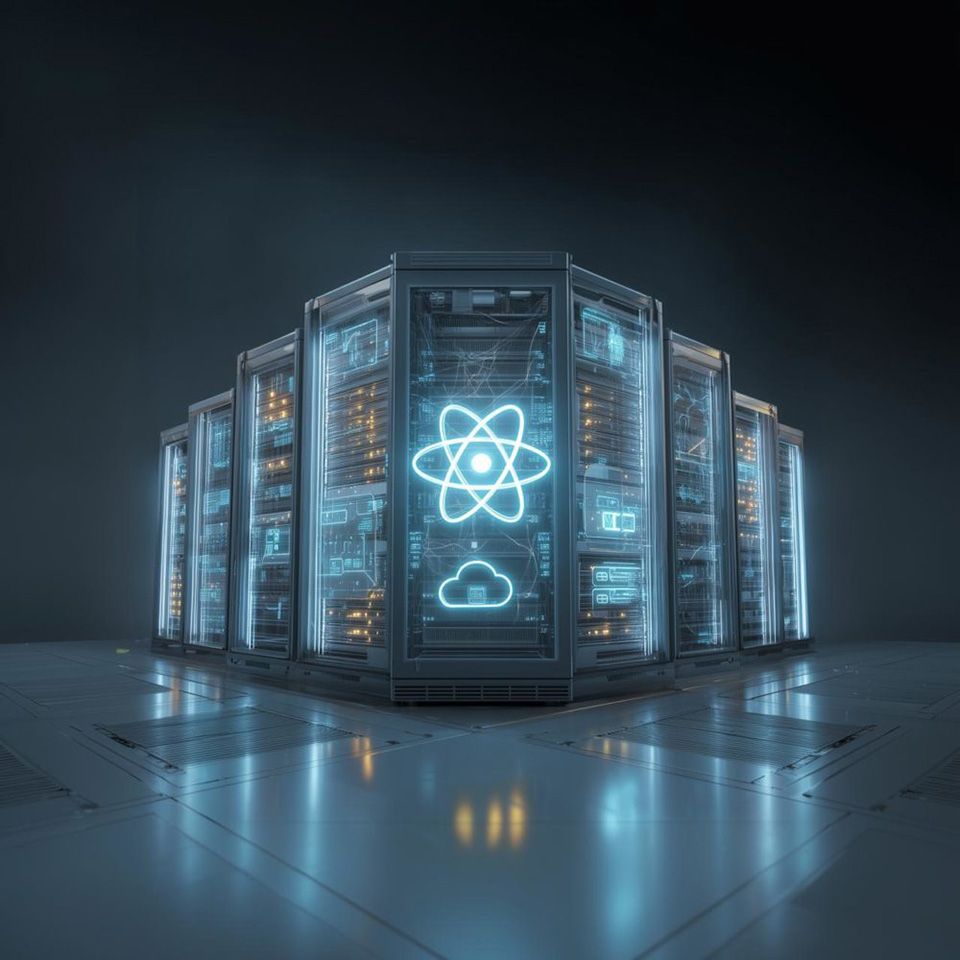The artificial intelligence (AI) segment is increasingly having an impact on energy consumption. As AI advances, there is an increasing demand for electricity generation and grid capacity. An important element in the introduction of AI is the stability of a low-carbon, and ideally carbon-free, electricity supply, which is provided by nuclear energy. This is the topic of the International Energy Agency (IEA) report “Energy and Artificial Intelligence”.
How are energy and information related?
In the current technological order, the mechanical processing of information involves the use of energy. So, physically, a 1 or a 0 means the passage or non-passage of energy. The principles of machine learning are also related to energy. Nobel laureate John Hopfield, who received the prize for his fundamental discoveries and inventions in the field of machine learning, in the system he created, the reference values are programmed to have the lowest energy value – the “valley”. The system strives for this during learning.
Today, technological advances, coupled with falling computing costs and the availability of vast amounts of data, have enabled artificial intelligence to develop so rapidly that it has transformed from a scientific enterprise into an industry that impacts manufacturing, everyday life, politics, the arts – and energy.
The report notes that determining the proportion of AI within the overall workload of data centers is problematic because data centers do not only perform AI-related work. On the other hand, it is not only data centers that operate AI. The report nevertheless uses the term “data center.”
A retrospective review of data center energy needs
According to the IEA, data centers account for about 1.5% of global electricity consumption, or 415 TWh, in 2024. The United States has the largest share in the data center segment (45%), followed by China (25%), and Europe (15%).
Data center electricity consumption growth accelerated from an average of 3% per year between 2005 and 2015 to 10% per year between 2015 and 2024. Since 2017, data center electricity consumption has grown at an average annual rate of 12% worldwide. This is more than four times faster than the growth in electricity consumption overall. In China, the average annual growth rate was 15% between 2015 and 2024, and in the United States, it was 12%.
In developing countries, where energy consumption is increasing across economic sectors, data centers account for about 5% of total consumption growth. In countries where energy consumption has been virtually unchanged for a long time, data centers account for about 20% of the growth.

It should be noted, however, that globally, the data center segment is not the fastest growing electricity consumer. According to IEA estimates, this segment nevertheless lags behind the energy demand of heavy and other industries, households, cooling and heating, water supply, and electric transport. However, at a local level, data centers can pose a challenge in terms of adequate generation capacity and network bandwidth.
Forecasting data center energy needs
The IEA proposed four scenarios to predict data center energy consumption through 2030. The baseline scenario sees electricity consumption more than double from current levels to 945 TWh. As the report notes, this is slightly more than Japan’s current energy consumption.
Another scenario (the “take-off”) predicts that electricity consumption will exceed 1260 TWh by 2030. According to the “high efficiency” scenario, as a result of energy savings, consumption will be around 800 TWh by 2030. According to the “Headwind” scenario, this value will be around 670 TWh. IEA experts made a forecast until 2035, but it turned out that the uncertainty is so great that the estimates range from 700 TWh to 1720 TWh, depending on the scenario.
Energy efficiency thanks to artificial intelligence
Industries using AI are reducing their energy consumption by improving production processes. “The digitalization and automation of the industry of the future will continue to increase; countries and companies that take the lead in integrating AI into manufacturing will prevail. The use of AI can accelerate product development, reduce costs and improve product quality. The widespread adoption of AI to optimize industrial processes could lead to energy savings greater than the entire current annual energy consumption of Mexico,” the report states. By 2035, we are talking about a level of approximately 8 EJ (exajoules), or more than 222 TWh.
Thus, energy savings achieved through the use of AI can reduce the overall increase in energy demand, but only partially. Improving the energy efficiency of servers and cooling equipment also has a reducing effect on data center energy consumption.
30% of data center energy needs are provided by coal-fired power plants
Power supply of energy centers
In terms of energy consumption, data centers can be compared to metallurgical plants, including energy-intensive plants such as aluminum smelters. In addition, data centers represent a rapidly growing and increasingly significant segment of electricity consumption. Therefore, the question arises of how to reliably supply them with electricity. The key parameters for the location of data centers are reliable power sources, competitive electricity prices and adequate transmission capacity.
The most important factor in deciding whether to build a data center is adequate power generation capacity. The report notes that 30% of the electricity demand for data centers around the world is met by coal-fired power plants. This is followed by renewable energy (27%), gas-fired power (26%) and nuclear power (15%). After 2030, the share of coal-based power generation in data center power supply will decrease slightly, gas-fired generation will remain at the same level, and the shares of renewable and nuclear power generation are expected to increase.
The report notes that grids are a problem for many regions: “Connecting both producers and consumers, including data centers, to the grid is time-consuming and complex. Building new transmission lines in developed economies can take four to eight years, and the time it takes to deliver key grid elements such as transformers and cables has doubled in the past three years.”

Ensuring a secure electricity supply is leading to collaborations between technology and energy companies. In the United States, for example, several large data center operators have announced partnerships with energy generation and distribution companies that are building new gas-fired facilities.
Major US technology companies have entered into similar agreements with nuclear power plants in 2024. For example, Oracle announced last September that it plans to build three small modular reactors for a 1 GW data center. Last October, Amazon signed an agreement with Energy Northwest to build four state-of-the-art 320 MW units in Washington state, USA, with the option to increase this capacity to 960 MW later. The technology provider is X-energy, in which Amazon is also investing. The planned commissioning date is the early 2030s. In addition, Amazon is working with Dominion Energy to build a 300 MW unit. Google then entered into an agreement with Kairos Power to purchase electricity from an SMR-based generator. Kairos plans to build a 500 MW power park by 2035. The company is building a demonstration Hermes molten salt reactor in Oak Ridge, Tennessee, scheduled to start up in 2027. The next step is to build a two-unit nuclear power plant. “Plans announced so far for small nuclear power plants to power data centers around the world have a combined capacity of up to 25 GW, but almost all of these projects are in the United States. These developments are at various stages of development and feasibility. The first projects are not expected to be operational until the end of the decade,” the report says.
Real environmental friendliness
The report notes that many technology companies and large data center operators are focused on reducing emissions and using clean energy, so on paper they buy renewable energy, but in reality they often use natural gas or coal to meet their energy needs. However, some technology companies are still struggling to actually reduce emissions. For example, Google and Microsoft are signing agreements to supply electricity from low-carbon energy sources – hydroelectric, nuclear, hydrothermal and natural gas-fired power plants. For example, in September 2024, Microsoft and Constellation Energy signed a 20-year contract to restart Unit 1 of the Three Mile Island nuclear power plant.
Interest in any nuclear-based power output
When assessing the prospects for powering data centers from nuclear power plants, the authors of the IEA report focus on low-power nuclear power plants. However, it is worth mentioning not only the restart of the Three Mile Island unit, but also the contract between Amazon Web Services and Talen Energy, which will provide 960 MW of energy from the Susquehanna Nuclear Power Plant, which consists of two units with a capacity of 1257 MW each. In addition, in May, Google announced a partnership with Elementl Power on three nuclear power projects, given the significant increase in energy consumption for AI projects. Google will provide capital for the implementation of the projects. It is assumed that each of them will have a capacity of 600 MW, and according to the IAEA classification, such projects are classified as medium-capacity projects. These examples also show that nuclear power plants of various capacities can be used to power data centers serving AI in the United States, not to mention other countries.

In Russia, the data center-nuclear power plant combo has been tested for quite some time: in September 2019, the Kalinin data center was put into operation near the Kalinin Nuclear Power Plant, which supplies it with electricity. Since then, Rosatom has been developing its own data center network and is currently among the three largest providers in Russia in terms of provided capacity. Rosatom also cooperates with organizations developing artificial intelligence in Russia.
At the same time, the company designs, builds and converts small, medium and large-capacity nuclear power plants for any project, all of which can be used to power data centers. Thanks to their accumulated experience, Russian nuclear scientists can offer potential Russian and foreign customers comprehensive solutions for creating data centers and powering them using nuclear power plants of various capacities.
In Russia, the data center-nuclear power plant combination has been tested for a long time: the Kalinin data center has been operating near the Kalinin Nuclear Power Plant since 2019. (Rosatom)




